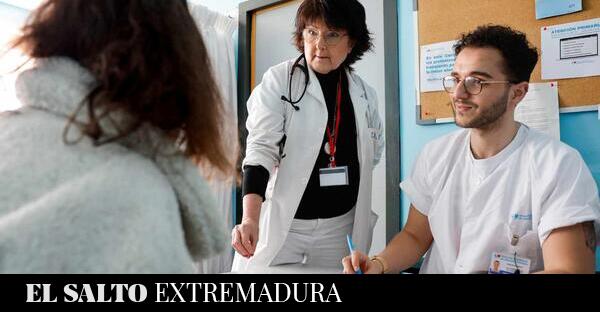
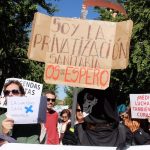

Community health is defined—in the manual of recommendations for the design of community health strategies, prepared by the Ministry of Health—as the collective expression of individual and group health in a defined community, determined by the interaction between individual characteristics. and family, the social, cultural and environmental environment, as well as health services, community resources and the influence of social, economic, political and global factors.
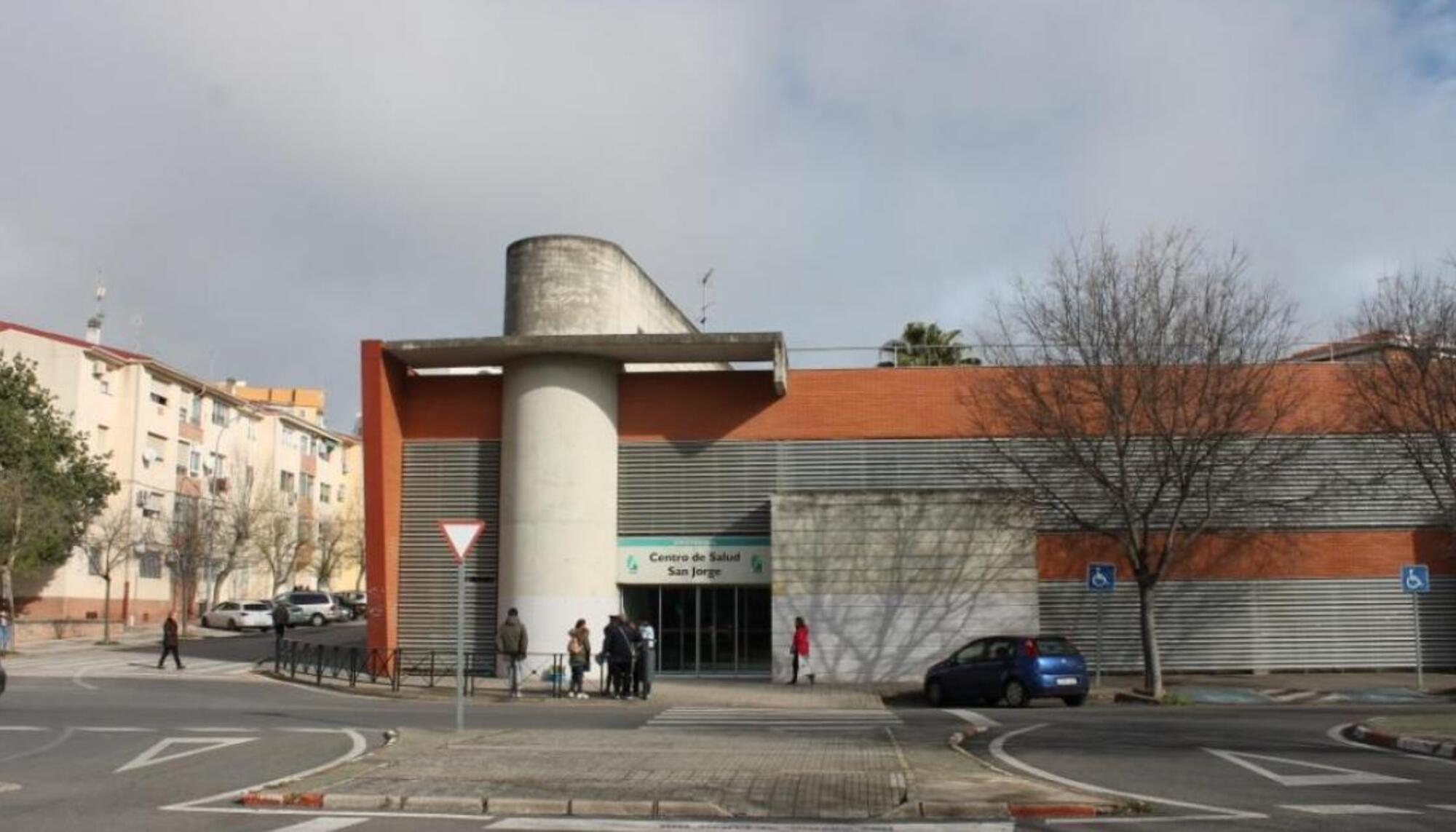
To put it in a lighter way, it is the way of understanding medicine with an eye toward the neighborhood. That is, taking into account the conditions in which people live and interact in order to understand the social determinants of health that explain the inequalities evident in our society, and consequently, in our National Health System and of course in our society. community, Extremadura.
How do family doctors put community medicine into practice? Well, we practice this according to our Community Care guides, which explain that we can apply it at three different levels:
LEVEL 1. Individual level. “Have a consultation looking at the street”
The healthcare provider at the health center must be responsible for taking a complete approach to the patient and their health conditions. It should serve you knowing the biopsychosocial approach that comes with being a resident of that neighborhood, its cultural, work, and educational conditions. In short, a socially informed consultation.
For example, caring for a patient with an anxiety attack from a global perspective, taking into account her living conditions, her work situation, her family situation and her sociocultural level.
LEVEL 2. Group level. “Work on the causes of the causes”
At this level we work under a holistic vision of people. The objective is to work in groups to promote educational actions that emphasize the community, taking of course into account the social, educational and cultural characteristics of the group in question, thus trying to find an equity perspective that tackles the problem at its roots and studies “the causes of the causes.” For example: promote learning and reading groups in those neighborhoods where a high level of illiteracy still remains.
LEVEL 3. Collective level. “The health center is not the only area in which to promote and practice health”
This level tries to explain to us that it is not only health that provides our patients with an optimal state of health. We must understand health as a compendium of healthy situations in which politics plays a fundamental role. That is, having healthier neighborhoods also depends on political actions in addition to health actions. For example: a neighborhood where it is located ensures permanent electricity, drinking water, correct waste collection and proximity to green areas are also, without a doubt, health indicators.
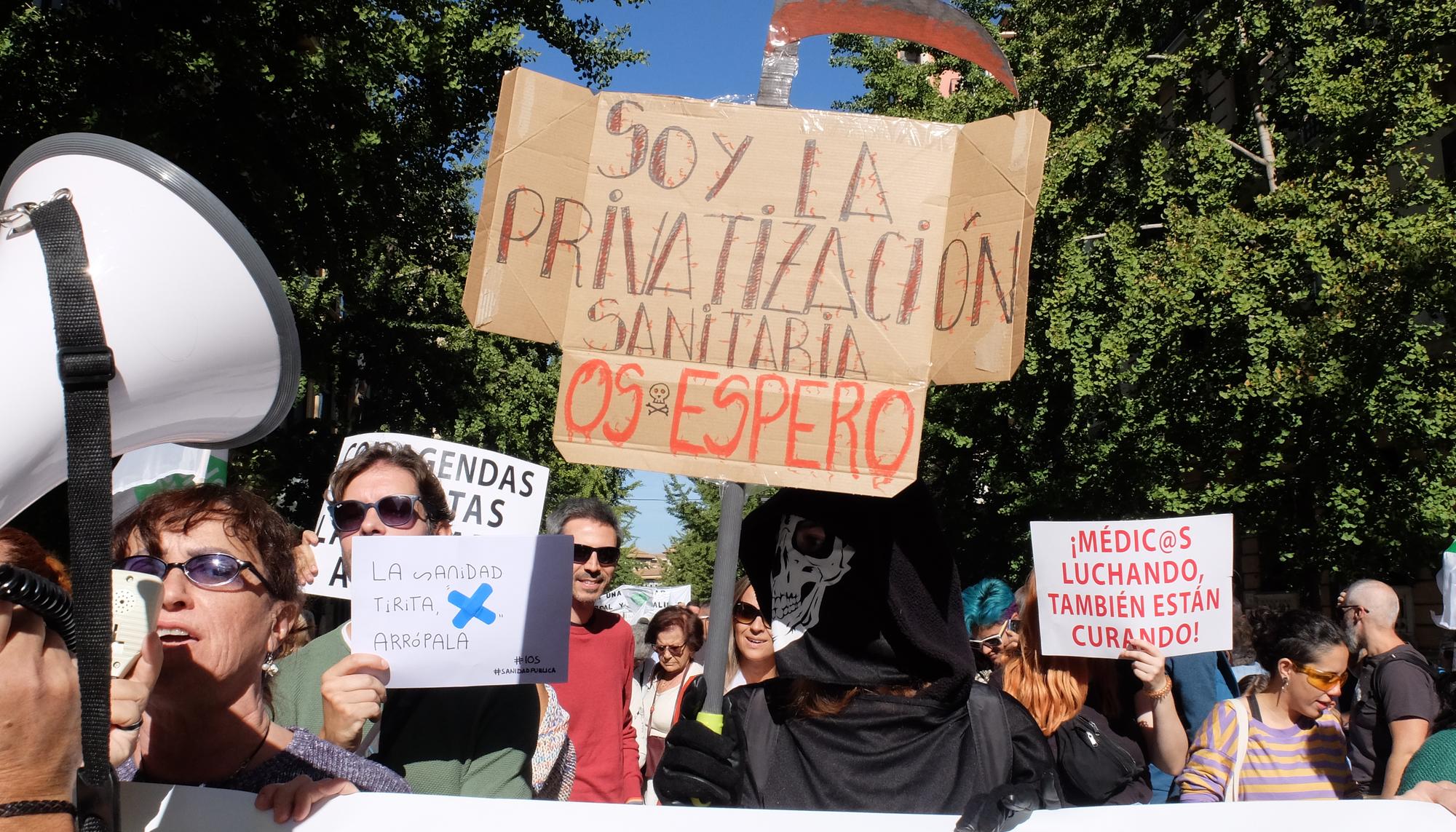
We all have to be very clear that the health center or the hospital are not the only health spaces in our communities. And we must promote them all, hand in hand, for a future where health is the center of our efforts, and not just illness. It is essential to close the circle.
How can the civil environment fight for their neighborhoods and their health?
Defending the health center in their neighborhoods, respecting the health professionals who practice it, not allowing the hiring in their centers of doctors without specialization in Family and Community Medicine (MFYC), demanding reasonable waiting lists as they are claimed with hospital specialties, and of course, defending the continuity of your family doctor, the one that until many years ago we called “the one of a lifetime.”
What family doctors know very well and what we call longitudinality. Statistics prove us right and tell us that maintaining the same family doctor for more than 15 years reduces mortality by 30%, and hospitalizations by 25%. And why is this so important? Because there is currently no medication that achieves this reduction in mortality.
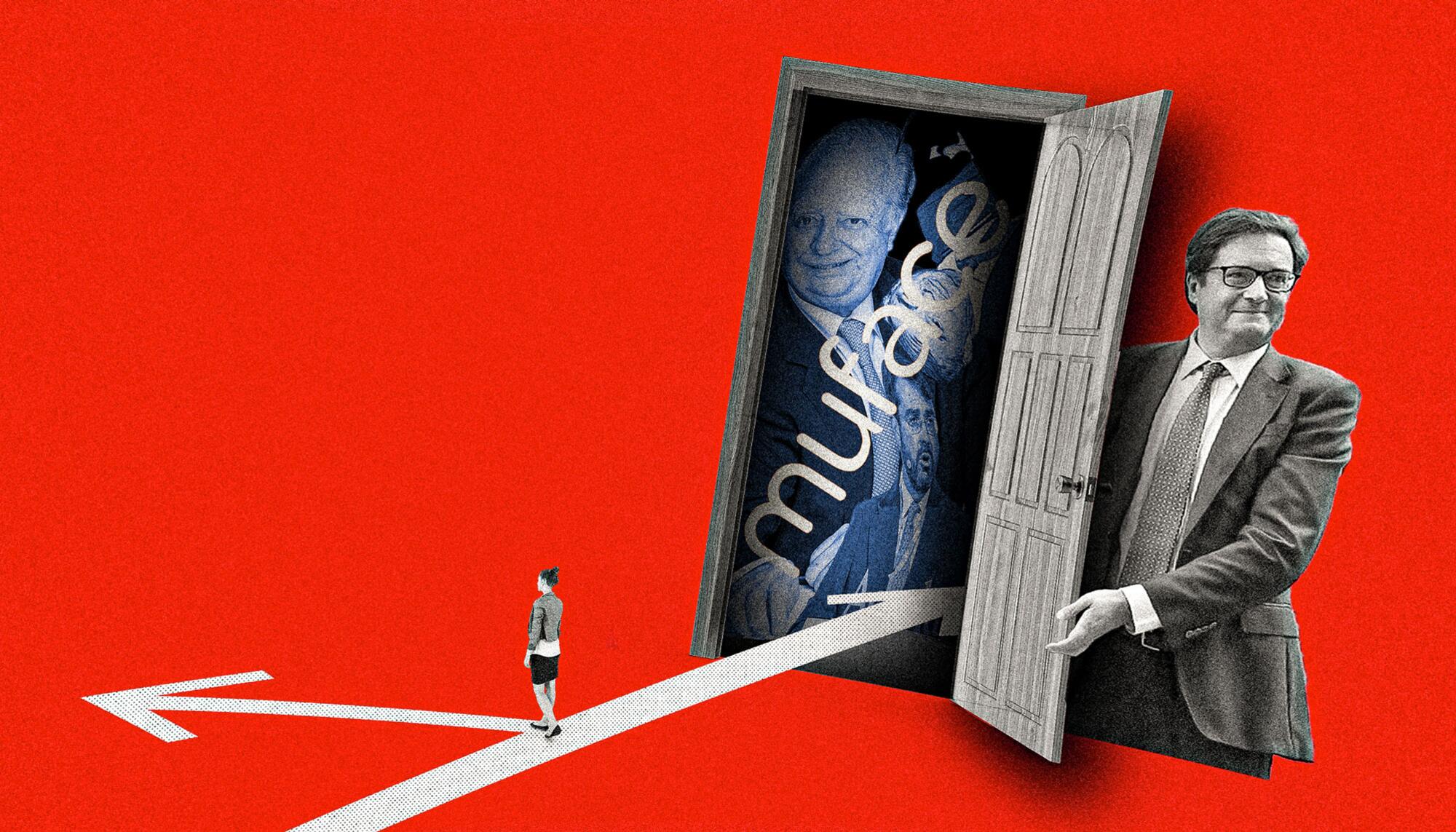
It is time to fight for a National Health System that is bleeding under the interests of a few, and to put, as has been said so many times, Family and Community Medicine at the center of our system. There will be a day when all doctors, when we look up, will see a health horizon in which we put salutogenesis at the center of our National Health System. It will be the day when our patients have won.
